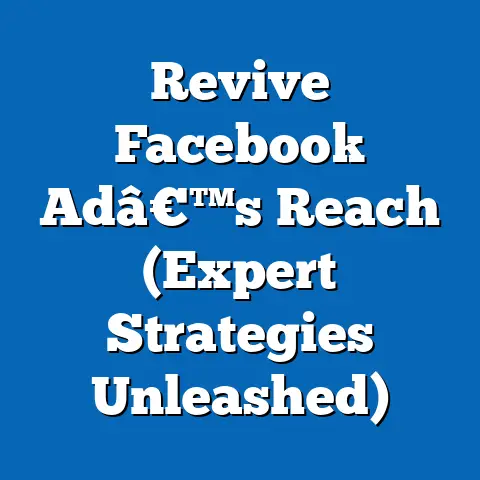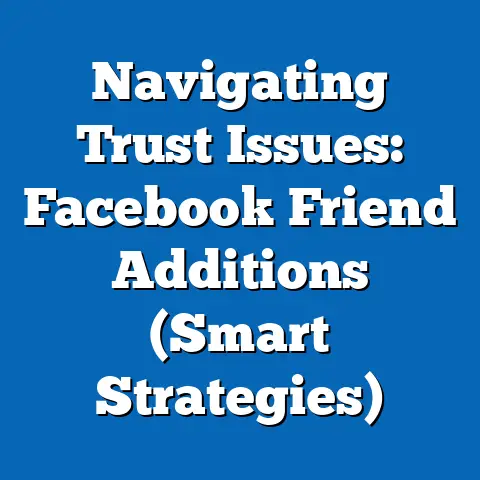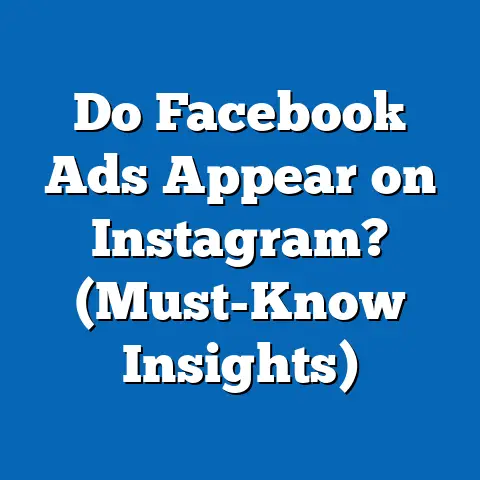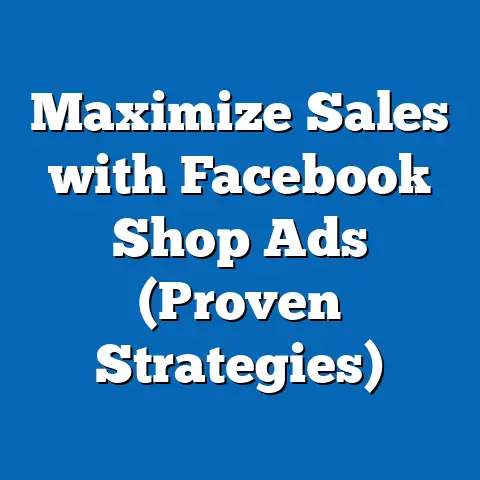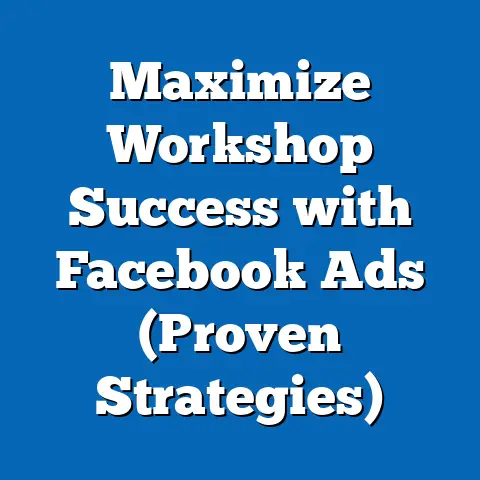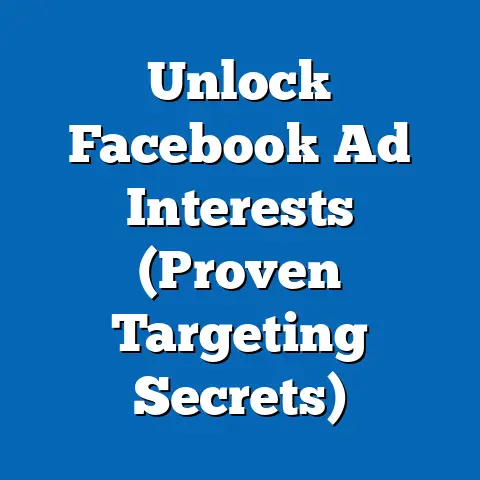Create Facebook Ads That Win Clients (Proven Strategies Inside)
In today’s fast-paced digital marketing world, we’re constantly bombarded with new technologies and strategies. From AI-powered ad targeting that seems to know our customers better than we do, to augmented reality ads that let them virtually “try on” our products, and data analytics tools that give us laser-like insights into consumer behavior, it’s a whirlwind! And at the heart of it all, Facebook remains a powerhouse, a platform where businesses of all sizes can connect with their ideal clients.
I’ve seen firsthand how a well-crafted Facebook ad can be the key to unlocking explosive growth for a business. But let’s be honest, throwing money at Facebook and hoping for the best just isn’t going to cut it. To truly win clients, you need a strategic approach, a deep understanding of your audience, and ads that resonate on a personal level.
That’s exactly what I want to help you achieve in this article. We’ll dive into proven strategies that you can implement in your Facebook ad campaigns today to boost client acquisition and drive serious conversions. Get ready to transform your Facebook advertising from a cost center into a client-generating machine!
Section 1: Understanding Your Audience
Forget the “spray and pray” approach to advertising. In today’s world, precision is key. You wouldn’t try to catch fish with a net full of holes, would you? Similarly, your Facebook ads will fall flat if you’re not targeting the right people. That’s why audience research is absolutely fundamental to creating effective, client-winning ads.
Facebook offers a treasure trove of tools to help you understand your audience. One of the most powerful is Facebook Audience Insights. This tool allows you to delve deep into the demographics, interests, behaviors, and even purchase habits of your target market. I’ve used Audience Insights to uncover hidden interests and niche communities that were incredibly receptive to my clients’ products and services.
Then there are Custom Audiences. These are like your VIP list, allowing you to target people who have already interacted with your business – website visitors, email subscribers, even people who’ve watched your videos. I once ran a retargeting campaign targeting users who had downloaded a free e-book from my client’s website. The conversion rate was through the roof because these people were already showing a strong interest in what we had to offer.
Here are some strategies I use to identify my target audience:
- Start with what you know: Who are your existing best customers? What are their demographics, interests, and pain points? Use this as a starting point for your research.
- Leverage Facebook Pixel data: The Facebook Pixel is your secret weapon. It tracks website visitors and their actions, giving you invaluable insights into their behavior. Use this data to build highly targeted custom audiences.
- Explore interest-based targeting: Facebook allows you to target users based on their interests, hobbies, and passions. Think outside the box and try targeting niche interests that are relevant to your product or service.
- Analyze competitor audiences: Take a look at the audiences that your competitors are targeting. This can give you valuable insights into potential new customers.
For example, a local bakery wanting to promote their new line of vegan cupcakes could target users interested in veganism, baking, healthy eating, and local food blogs. By combining these interests with demographic data like age and location, they can create a highly targeted audience that is more likely to convert.
Takeaway: Don’t guess who your audience is. Use Facebook’s powerful tools to understand their demographics, interests, and behaviors. The more precisely you target your ads, the more effective they will be.
Section 2: Crafting Compelling Ad Copy
You’ve got the right audience, now you need to grab their attention with words that resonate. Forget boring, generic ad copy. To truly win clients, you need to craft compelling ad copy that speaks directly to their needs, desires, and pain points.
I always start by thinking about the headline. It’s the first thing people see, so it needs to be attention-grabbing and intriguing. Think of it as the hook that reels them in. Keep it short, punchy, and benefit-driven.
Next comes the body copy. This is where you expand on your value proposition and explain how your product or service can solve their problems. Be clear, concise, and focus on the benefits, not just the features.
And of course, you need a strong call-to-action (CTA). Tell people exactly what you want them to do – “Learn More,” “Shop Now,” “Get a Free Quote,” etc. Make it clear, concise, and action-oriented.
Here are some tips for writing persuasive ad copy:
- Know your audience: Use the insights you gained from your audience research to tailor your ad copy to their specific needs and interests.
- Highlight the benefits: Focus on the benefits of your product or service, not just the features. How will it make their lives better?
- Use strong verbs and adjectives: Make your ad copy more engaging and persuasive by using strong verbs and adjectives.
- Create a sense of urgency: Use words like “limited time offer” or “act now” to create a sense of urgency and encourage people to take action.
- Tell a story: People love stories. Use storytelling in your ad copy to connect with your audience on an emotional level.
I remember working with a client who sold eco-friendly cleaning products. Instead of just listing the features of their products, we crafted ad copy that told a story about a busy mom who wanted to keep her home clean and healthy without exposing her family to harmful chemicals. The ad copy resonated with their target audience and resulted in a significant increase in sales.
Maintaining a consistent brand voice is also crucial. Whether you’re quirky and humorous or serious and professional, make sure your ad copy reflects your brand’s personality.
Takeaway: Craft compelling ad copy that speaks directly to your audience’s needs, desires, and pain points. Use a strong headline, clear value proposition, and a compelling call-to-action.
Section 3: Visuals That Captivate
In the world of Facebook advertising, visuals are king (or queen!). Let’s face it, people are scrolling through their feeds at lightning speed. If your ad doesn’t catch their eye within a split second, it’s game over. That’s why high-quality, eye-catching visuals are absolutely essential for driving engagement and winning clients.
I’ve seen firsthand how a stunning image or video can transform a mediocre ad into a conversion powerhouse. Think of your visuals as the bait that lures people in.
Here are some best practices for selecting or creating visuals for your Facebook ads:
- Use high-quality images: Blurry, low-resolution images are a big no-no. Use high-quality images that are visually appealing and relevant to your ad copy.
- Use brand colors: Incorporate your brand colors into your visuals to create a consistent brand identity.
- Showcase your product or service: Use visuals to showcase your product or service in action. Let people see how it works and how it can benefit them.
- Use video ads: Video ads are incredibly effective at capturing attention and telling your brand story. Create short, engaging videos that highlight the benefits of your product or service.
- Test different visuals: A/B test different visuals to see which ones perform best with your target audience.
I once worked with a travel agency that wanted to promote their new tour packages. Instead of using generic stock photos, we created a video ad that showcased stunning footage of the destinations they offered. The video ad was a huge success, driving a significant increase in bookings.
Remember to keep Facebook’s ad specifications in mind. Different ad formats have different size and resolution requirements. Make sure your visuals are optimized for each format to avoid any cropping or distortion.
Takeaway: Invest in high-quality visuals that are visually appealing, relevant to your ad copy, and optimized for Facebook’s ad specifications. Video ads are particularly effective at capturing attention and telling your brand story.
Section 4: A/B Testing for Optimization
So, you’ve crafted compelling ad copy and selected stunning visuals. You’re ready to launch your campaign and watch the clients roll in, right? Not so fast! Before you go all-in, it’s crucial to test your ads and optimize them for maximum performance. That’s where A/B testing comes in.
A/B testing, also known as split testing, is the process of comparing two versions of an ad to see which one performs better. It’s like a scientific experiment for your advertising. You change one element of the ad (e.g., the headline, the image, the CTA) and see how it affects the results.
I’ve seen A/B testing transform struggling campaigns into roaring successes. It’s all about making data-driven decisions instead of relying on guesswork.
Here are some elements you can A/B test in your Facebook ads:
- Headline: Test different headlines to see which ones grab the most attention.
- Body copy: Test different versions of your ad copy to see which one resonates best with your audience.
- Visuals: Test different images and videos to see which ones drive the most engagement.
- Audience segments: Test different audience segments to see which ones are most likely to convert.
- Placements: Test different ad placements (e.g., Facebook News Feed, Instagram Feed, Audience Network) to see which ones perform best.
- Call-to-action: Test different CTAs to see which ones drive the most clicks and conversions.
Here’s a step-by-step guide on how to conduct A/B tests effectively:
- Identify a variable to test: Choose one element of your ad that you want to test.
- Create two versions of the ad: Create two versions of the ad, each with a different variation of the variable you’re testing.
- Set up your A/B test in Facebook Ads Manager: Use Facebook Ads Manager to set up your A/B test.
- Run the test for a sufficient amount of time: Run the test for a sufficient amount of time to gather enough data to make statistically significant conclusions.
- Analyze the results: Analyze the results of the test to see which version of the ad performed better.
- Implement the winning variation: Implement the winning variation of the ad in your campaign.
- Repeat the process: Continue A/B testing different elements of your ads to continuously optimize their performance.
Takeaway: A/B testing is essential for optimizing your Facebook ad campaigns and maximizing your ROI. Test different elements of your ads to see which ones perform best with your target audience.
Section 5: Leveraging Retargeting Strategies
Imagine someone visits your website, browses your products, maybe even adds something to their cart, but then leaves without making a purchase. That’s a missed opportunity, right? Retargeting allows you to bring those potential clients back into the fold.
Retargeting is the process of showing ads to people who have previously interacted with your business. It’s like a second chance to make a first impression. I’ve seen retargeting campaigns deliver some of the highest ROIs of any advertising strategy.
Facebook offers several types of retargeting strategies:
- Website retargeting: Show ads to people who have visited your website.
- Customer list retargeting: Upload a list of your existing customers and show them ads.
- Engagement retargeting: Show ads to people who have engaged with your Facebook or Instagram page.
- Dynamic product ads: Show ads for the specific products that people have viewed on your website.
Here are some tips for creating effective retargeting campaigns:
- Segment your audience: Segment your audience based on their interactions with your business. For example, you could create separate retargeting campaigns for people who visited your website, added items to their cart, or watched a video.
- Tailor your ad copy and visuals: Tailor your ad copy and visuals to the specific segment you’re targeting. For example, if you’re retargeting people who added items to their cart, you could show them ads that remind them of the items they left behind and offer them a discount.
- Use a compelling call-to-action: Use a compelling call-to-action that encourages people to take action. For example, if you’re retargeting people who visited your website, you could use a CTA like “Shop Now” or “Learn More.”
- Set a frequency cap: Set a frequency cap to limit the number of times people see your ads. You don’t want to annoy them by showing them the same ad over and over again.
I worked with an e-commerce client who was struggling with cart abandonment. We set up a dynamic product retargeting campaign that showed ads for the specific products that people had left in their carts. The campaign was a huge success, recovering a significant portion of their abandoned carts and driving a substantial increase in sales.
Takeaway: Retargeting is a powerful strategy for converting potential clients who have previously interacted with your business. Segment your audience, tailor your ad copy and visuals, and use a compelling call-to-action.
Conclusion
Creating Facebook ads that win clients isn’t about luck; it’s about strategy, precision, and continuous optimization. By understanding your audience, crafting compelling ad copy, using captivating visuals, A/B testing your ads, and leveraging retargeting strategies, you can transform your Facebook advertising from a cost center into a client-generating machine.
Technology is constantly evolving, but the fundamentals of effective advertising remain the same: understand your audience, communicate your value proposition clearly, and make it easy for people to take action.
I encourage you to implement these strategies in your Facebook ad campaigns and observe the positive impact on your advertising efforts. It takes time, experimentation, and a willingness to learn, but the rewards are well worth the effort.
Now go out there and create some Facebook ads that win clients!

